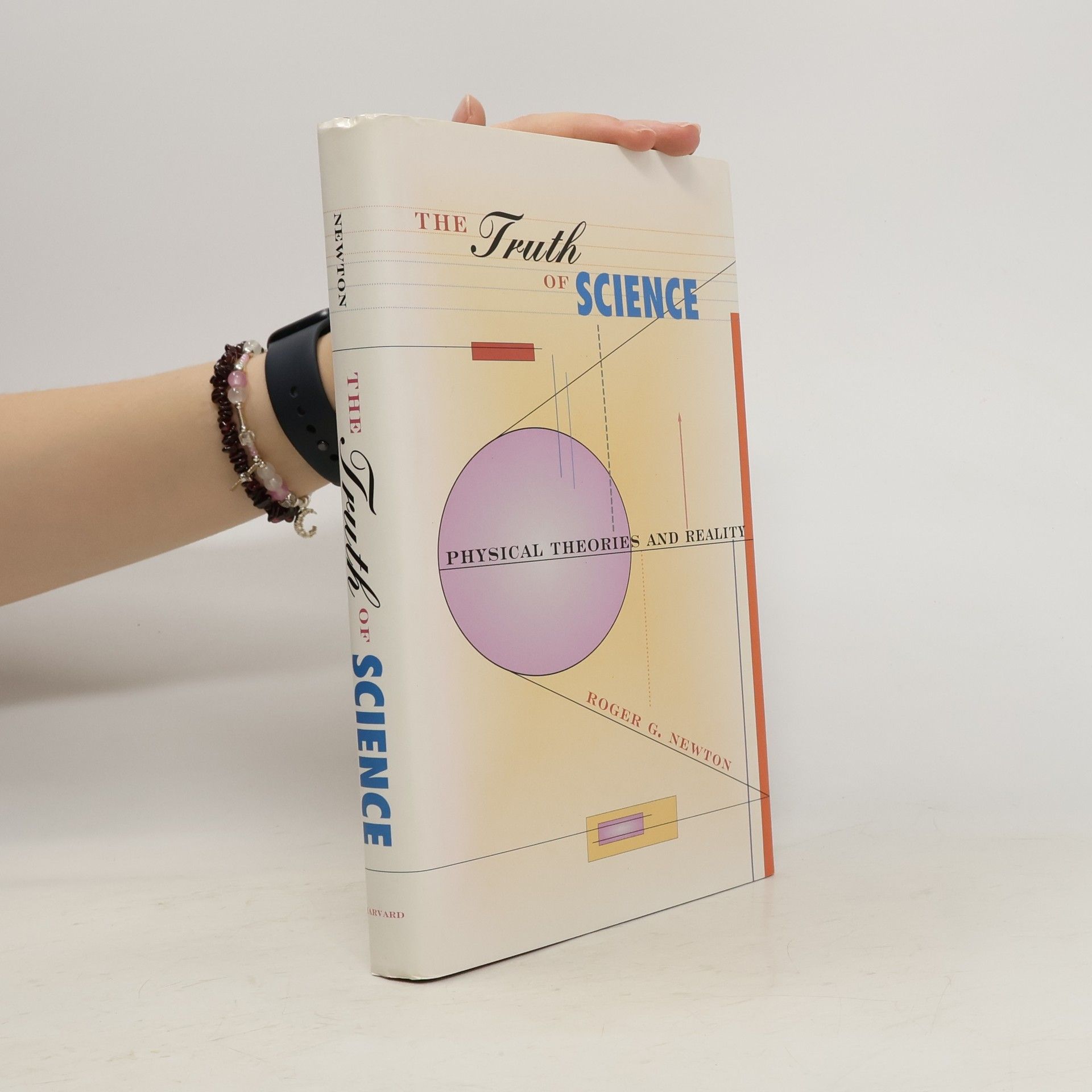It's not a scientific truth that has come into question lately but the truth - the very notion of scientific truth. Bringing a reasonable voice to the culture wars that have sprung up around this notion, this book offers a clear and constructive response to those who contend, in parodies, polemics, and op-ed pieces, that there really is no such thing as verifiable objective truth - without which there could be no such thing as scientific authority. Roger Newton gives us a guided tour of the intellectual structure of physical science. From there he conducts us through the understanding of reality engendered by modern physics, the most theoretically advanced of the sciences. With its first-hand look at models, facts, and theories, intuition and imagination, the use of analogies and metaphors, the importance of mathematics (and now, computers), and the "virtual" reality of the physics of micro-particles, The Truth of Science is a practicing scientist's account of the foundations, processes, and value of science.
Roger G. Newton Livres
30 novembre 1924 – 14 avril 2018

